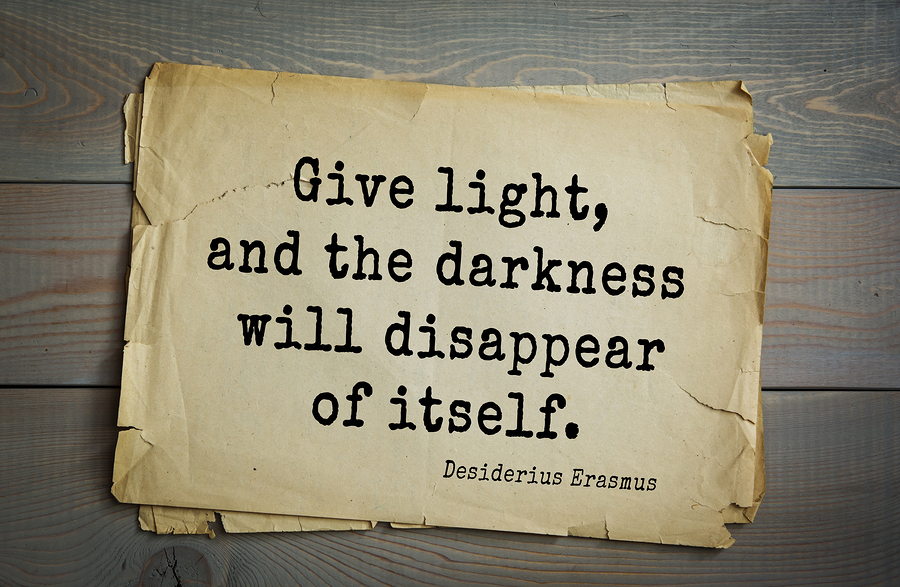“Are today’s publishers more interested in an individual novel or a trilogy? Also, when submitting a proposal for the completed first novel in a planned trilogy, is it better to focus on the first novel or give an overview of the complete trilogy? Is there an upper limit to how many books should be in a series?”
These are some excellent questions submitted by both Peter and Esther.
Stand Alone versus Series
There is no firm “rule” about this. There are too many variables to be definitive. The only thing to remember is that committing to a multi-book proposal by a publisher is a long commitment. So if you are a debut novelist and the publisher is a little skittish but still wants to publish you, they may offer only a one book deal.
Are you writing a series or a serial set of books? This is an important difference. Must they be read in order? For example, Sharon Hinck’s “Sword of Lyric”, is a multi-book fantasy epic. Each story builds on the previous. These kinds of books are often numbered on the cover somewhere to indicate their serial nature.
Or can each book stand on its own? I’m thinking of Deborah Raney’s “Chicory Inn” books. Her series is five books all set in the same town but each stands on its own. They are designed to be read in any order. The setting is the connection for the “series” not the course of events. There are other “series” where it is the character that is the connection. The main character, for example, is the continuity between books. (Can you think of examples of this?)
Many authors strive to make each story complete in and of itself even when writing a serial. In other words, the novel doesn’t have a hanging ending, with a “to be continued in my next book which comes out a year from now!”
The question is “is there more interest” in one or the other? The right answer is “it depends.” Each proposal stands on its own merit.
How Many Books Can be in a Series?
The norm is three. Why? Because it is hard for a publisher to commit to more than that. Especially when sales for a series tend to be fewer as each book is released. Book one may do okay but book two traditionally sells less, and book three less than that.
There are exceptions, of course, but generally the commitment by a publisher is for three books when evaluating a series. (But to contradict myself, this year we contracted a two book series (serial), a three book trilogy (serial), and a four book series of stand-alone “connected” books.)
Another exception is when a series takes off and each subsequent book sells more than the previous. This is what publishers hope for. When it happens, greater things can happen.
The “Left Behind” series was originally a trilogy. But sales demand was so great the trilogy eventually became 13 books before it ended, published between 1995 and 2007.
A debut author will rarely get more than a three-book commitment. So don’t pitch a four or five book series to an agent. You’ll receive the above lecture.
How Do I Pitch a Series?
Focus on the first book. Follow the guidelines for a novel proposal and make that first book amazing.
But if it is a series, say so from the beginning. Then include at least a half page synopsis of the other books in the series. That way the agent or editor gets to see your talent on full display for the opening book, but also can see where your creativity is going for the rest of the series.
Reminder: If you are a debut author have the first book completely finished.
Your Turn
For our experienced readers, what has been your experience?
What do you think it would take for a publisher to “break the rules”?











